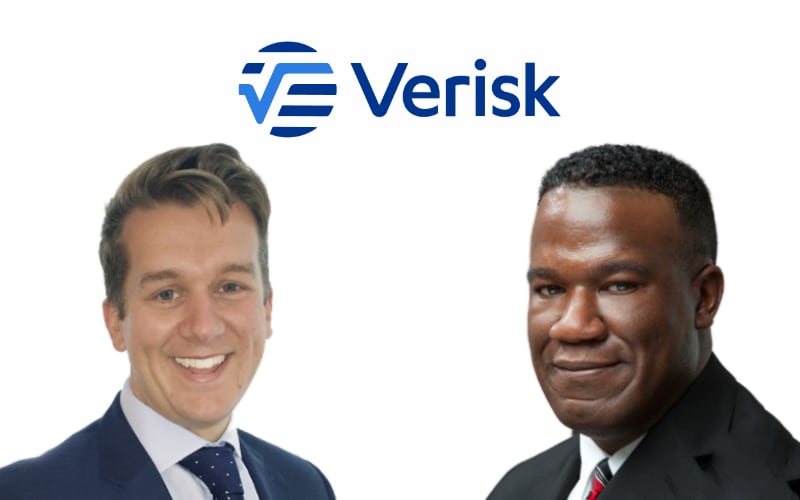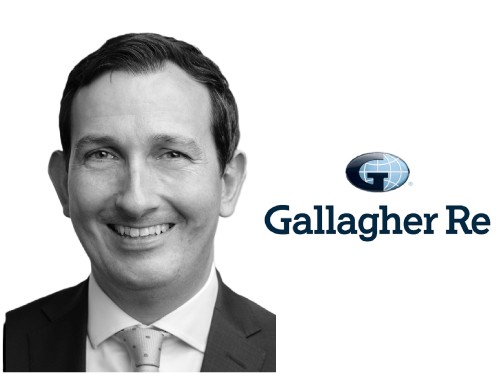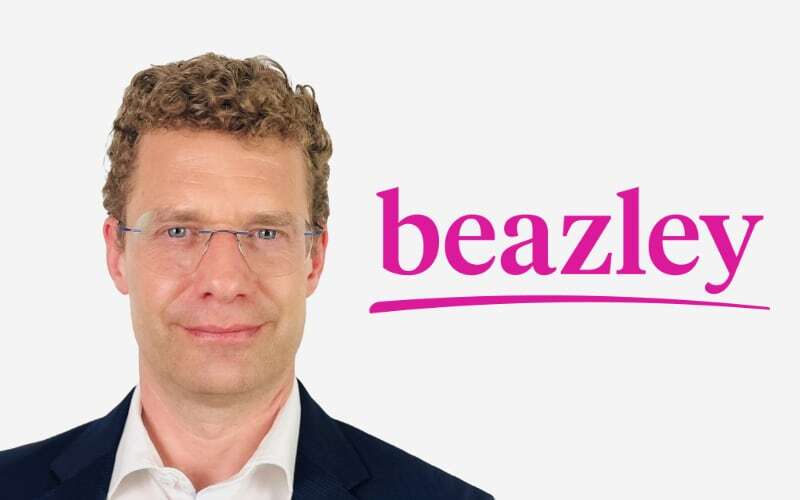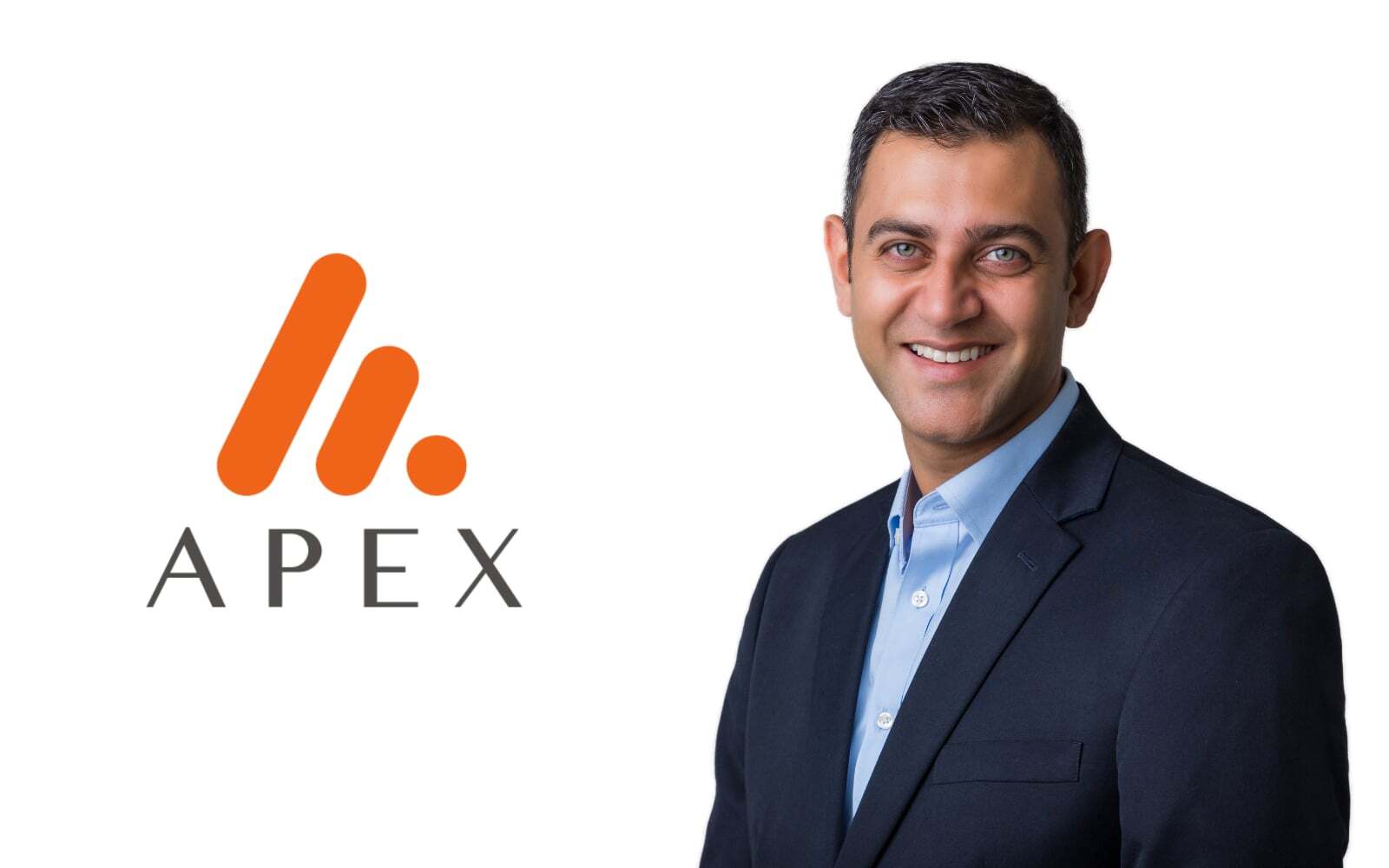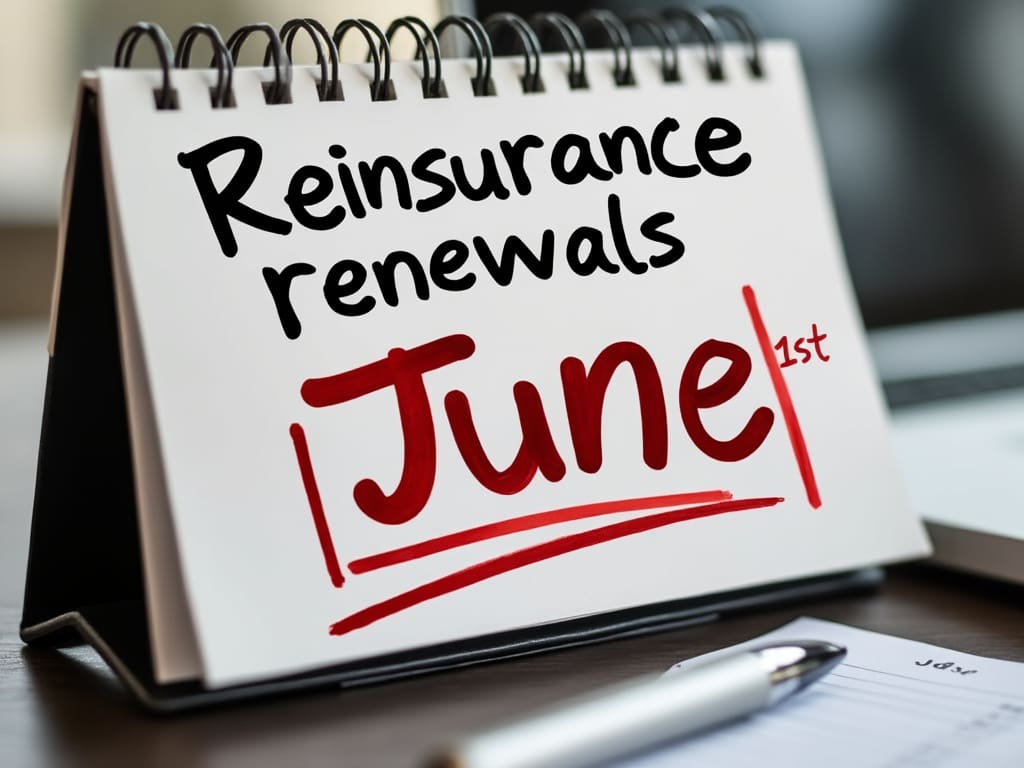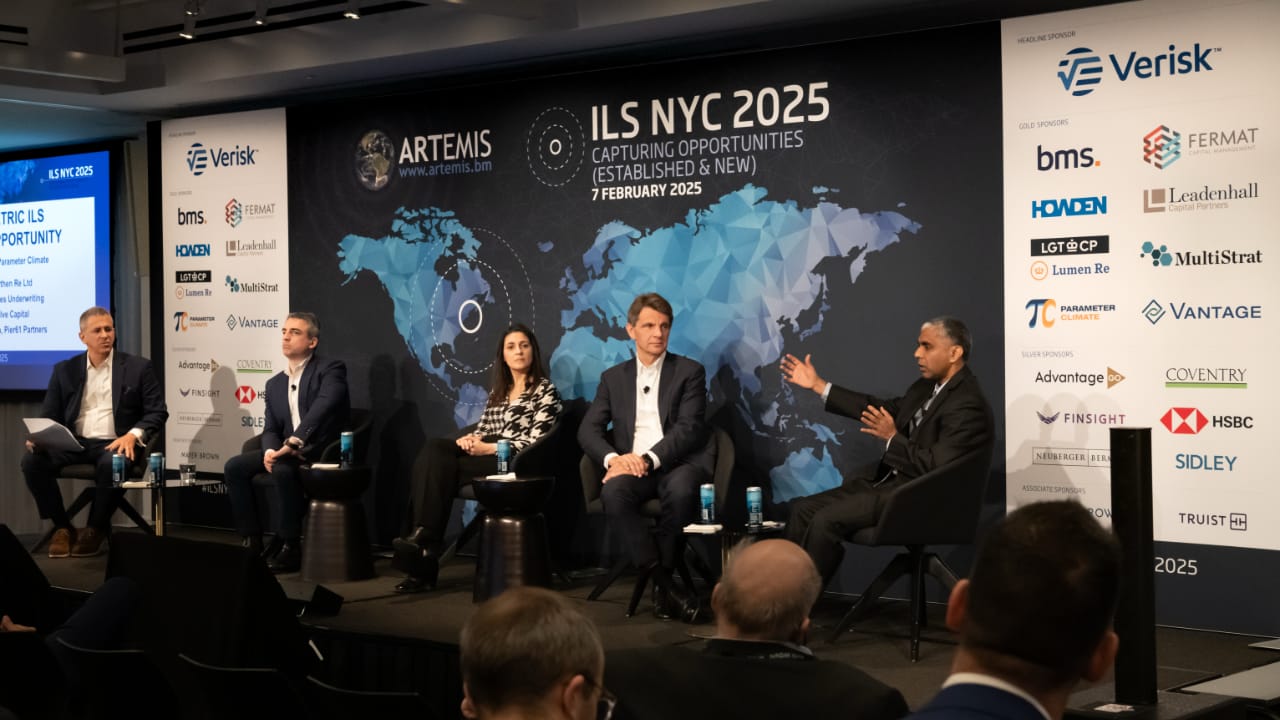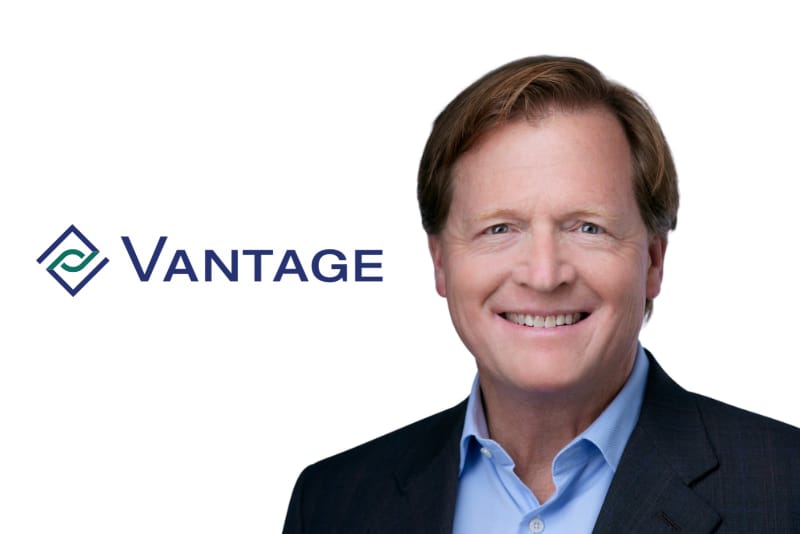
This content is copyright to www.artemis.bm and should not appear anywhere else, or an infringement has occurred.
In a rapidly evolving re/insurance landscape, Vantage Risk is positioning itself at the forefront of innovation and adaptability, particularly in the insurance-linked securities (ILS) space.
 Speaking with Artemis, Chris McKeown, Chief Executive, Reinsurance, ILS, and Innovation, at Vantage Risk, outlined how the firm is approaching capital deployment, navigating current market dynamics, and leveraging ILS to drive sustainable, long-term growth.
Speaking with Artemis, Chris McKeown, Chief Executive, Reinsurance, ILS, and Innovation, at Vantage Risk, outlined how the firm is approaching capital deployment, navigating current market dynamics, and leveraging ILS to drive sustainable, long-term growth.
The firm has deployed a substantial amount of its $1.5bn partnership capital raise, and expects to deploy remaining capacity of appx. $100 million over the next month. According to McKeown, the firm’s strategy has been shaped by both opportunity and caution.
“We’re ahead of where we were last year,” McKeown said. “The reinsurance market is front-loaded, with most opportunities appearing between January and July. We’ve maintained a focus on demand-driven, customized solutions that differentiate us in an increasingly crowded marketplace.”
A key part of this deployment includes a deliberate allocation to aggregate structures, where underwriting discipline is paramount, and these structures help craft a more diversified investment portfolio.
“These structures require more robust analysis than traditional per-occurrence products. That’s where our data and analytics capabilities provide real advantage, with approximately a quarter of our colleagues devoted to driving insights for underwriters,” McKeown added.
This tailored approach helps Vantage stay competitive, especially in a softening market.
“As supply grows, we need to be more creative with our portfolio. We’re focused on delivering large capacity and swift execution through bespoke deals that meet specific client needs,” McKeown said.
McKeown emphasized that ILS is not just an ancillary part of Vantage’s strategy, it’s foundational to the firm’s future.
“We see ILS as absolutely fundamental to how the market continues to evolve and grow,” he said.
“It gives us access to more capital and supports product development, it brings transparency, promotes product innovation, and disciplines the P&L through frequent and rigorous investor reporting.”
ILS also offers access to deep, scalable capital that may not be available through traditional reinsurance channels during times of market stress. “That kind of capital, when properly managed, allows us to develop new products and extend coverage in ways that wouldn’t be possible relying solely on our balance sheet,” McKeown added.
He cited Vantage’s use of Bermuda’s segregated cell technology as an example of the structural innovation that ILS makes possible. “These structures have helped push the entire market toward greater operational efficiency and clarity.”
Moreover, McKeown acknowledged that while margins in the property catastrophe space have come down slightly since 2023, investor appetite for ILS remains strong, provided the value proposition is clear.
“ILS remains non-correlating and provides tail protection in an investor’s portfolio,” he said.
“Given the diversifying nature of re/insurance, it almost always makes sense to have some allocation to this asset strategy, even in parts of the market cycle where we may see softening pricing.”
More importantly, Vantage is seeing increased interest from investors in other lines of business.
“We’ve had a lot of discussions around expanding into marine, energy, aviation, and cyber. These areas offer different market cycles and return expectations, which can help balance an investor’s exposure beyond just property cat,” McKeown explained.
Ultimately, McKeown sees flexibility and alignment as core tenets of Vantage’s ILS strategy.
“We’re not just an asset-gathering platform. We’re here to ensure that every line of business we write delivers a return that resonates with investors,” McKeown concludes.
Read all of our interviews with ILS market and reinsurance sector professionals here.
ILS Is fundamental to market evolution and growth: McKeown, Vantage Risk was published by: www.Artemis.bm
Our catastrophe bond deal directory
Sign up for our free weekly email newsletter here.
